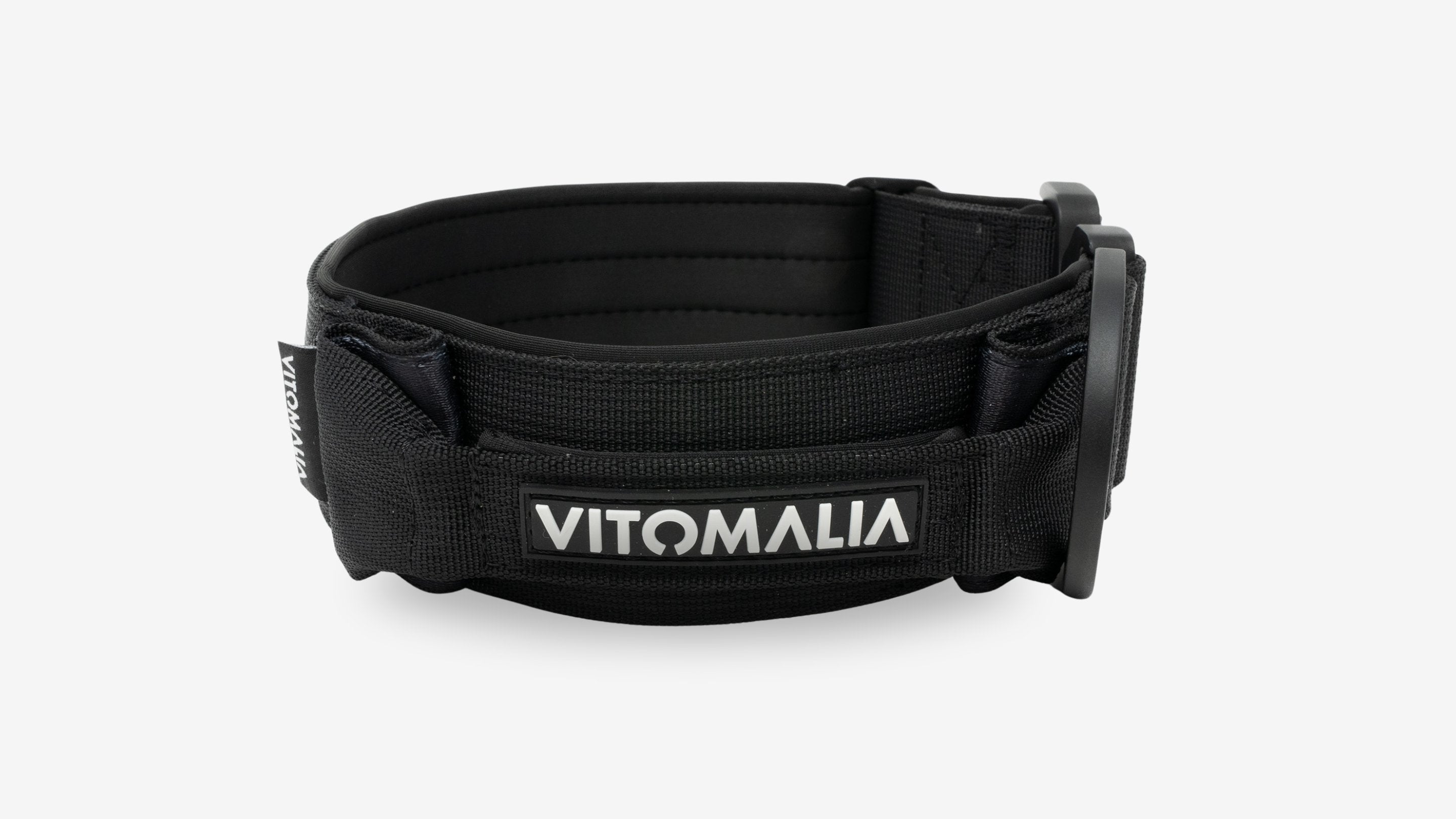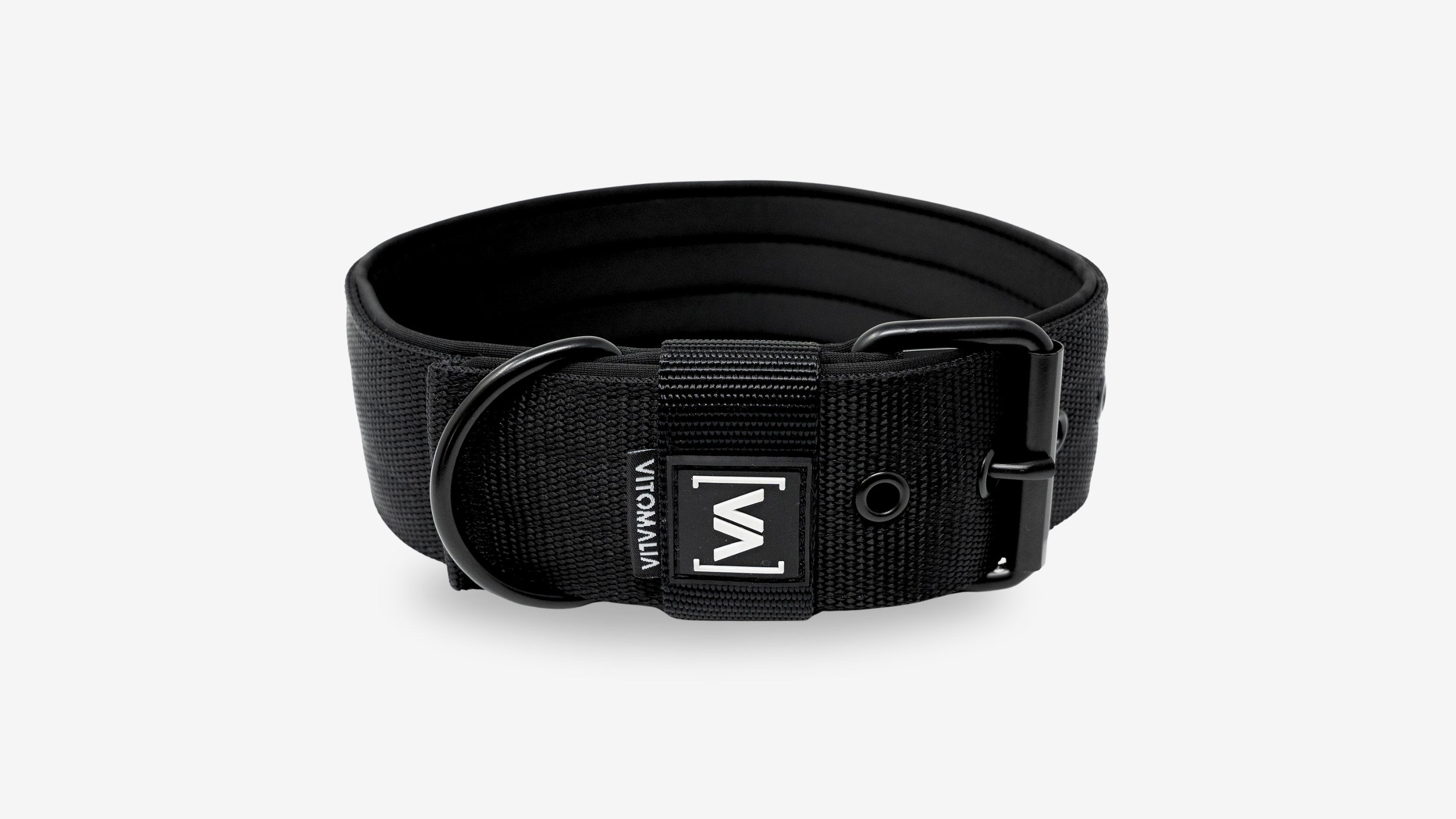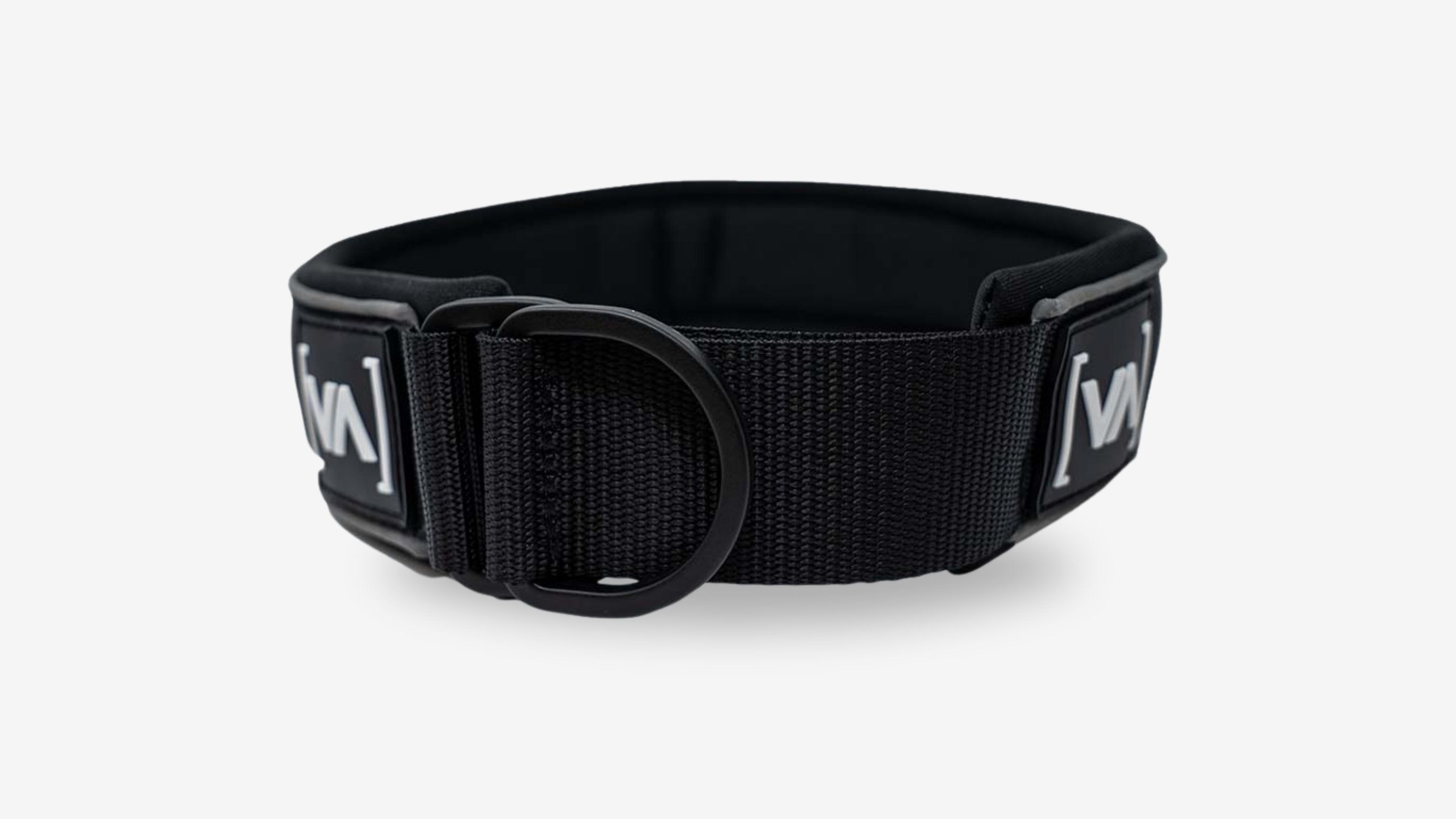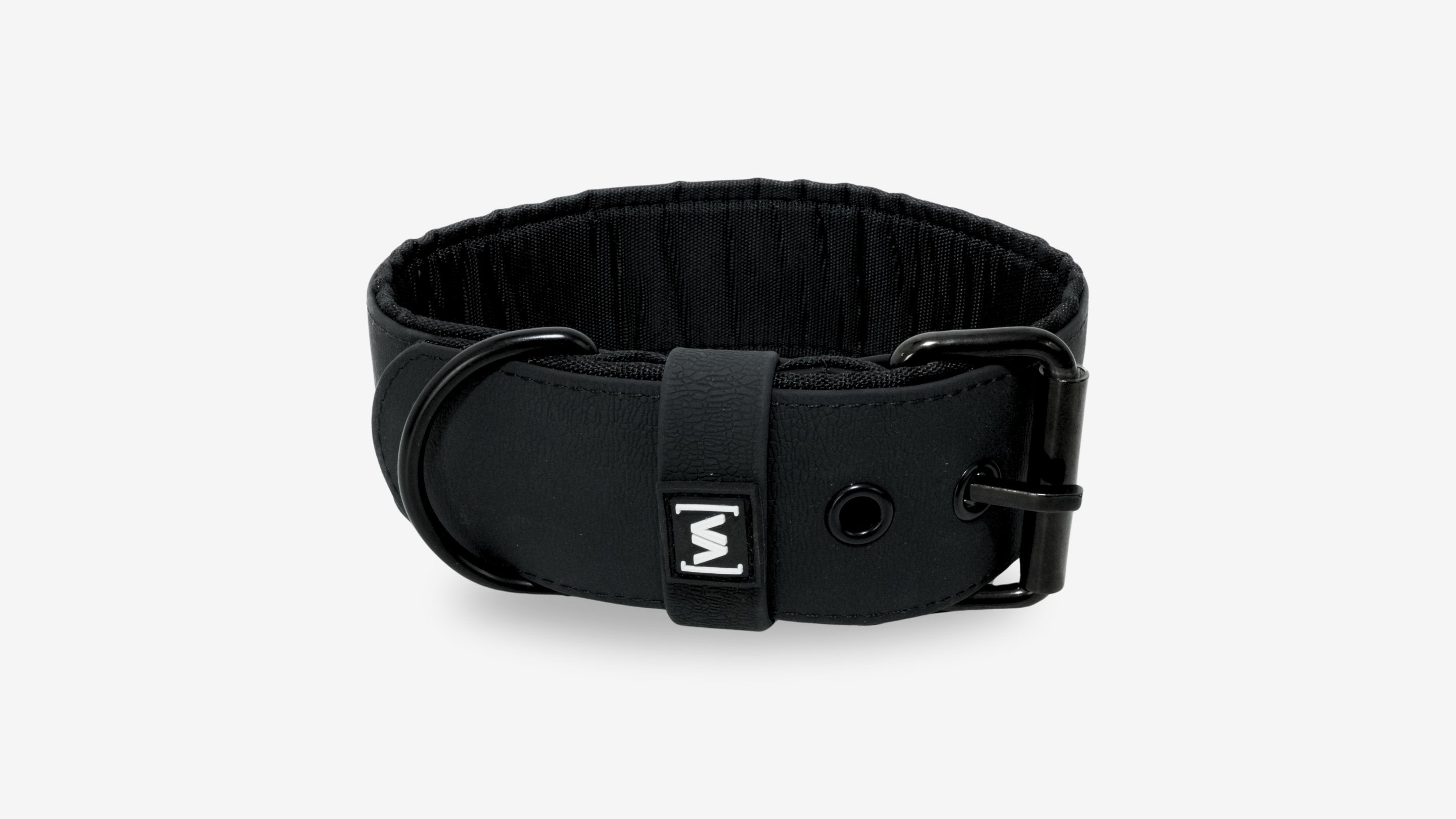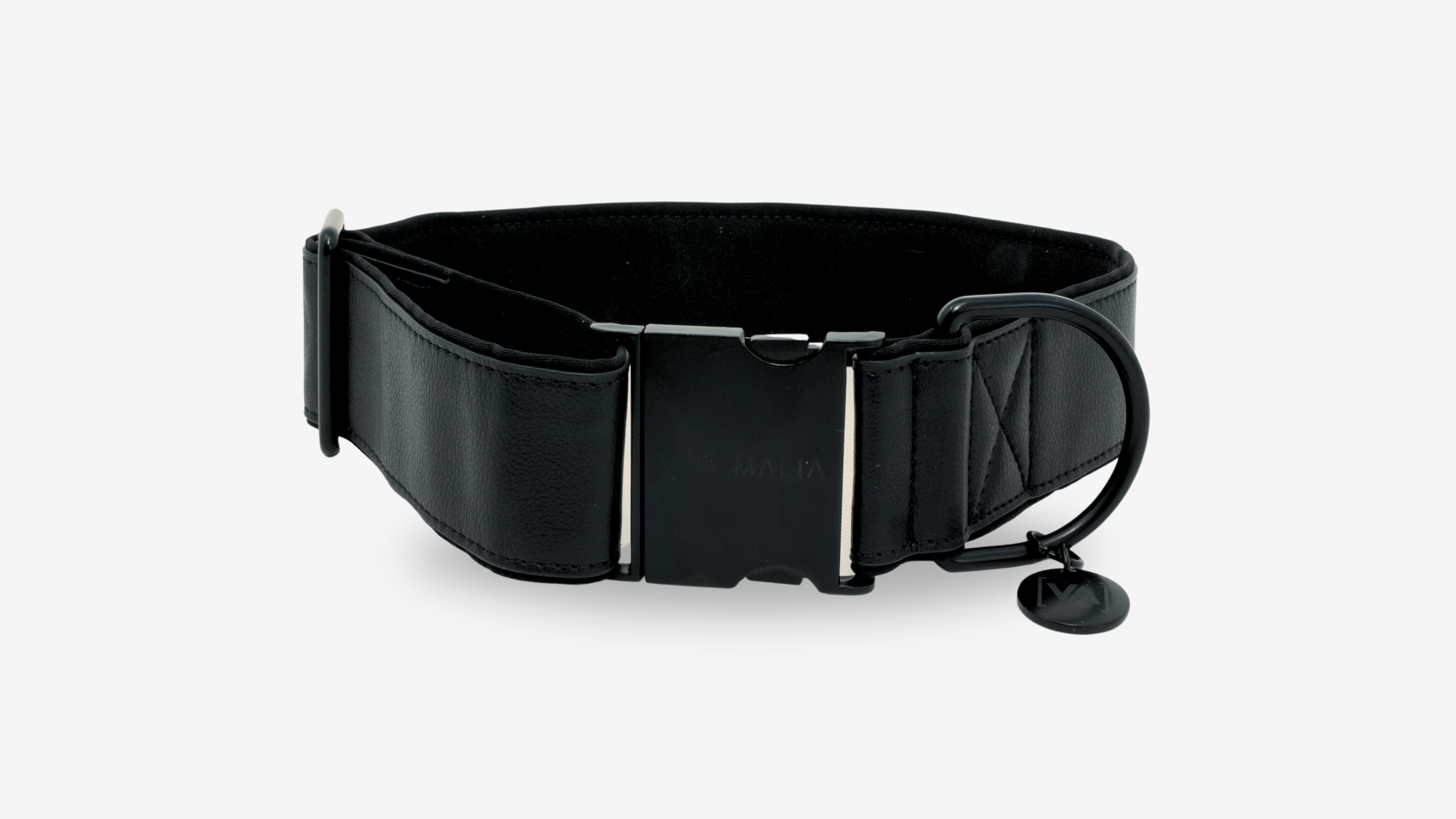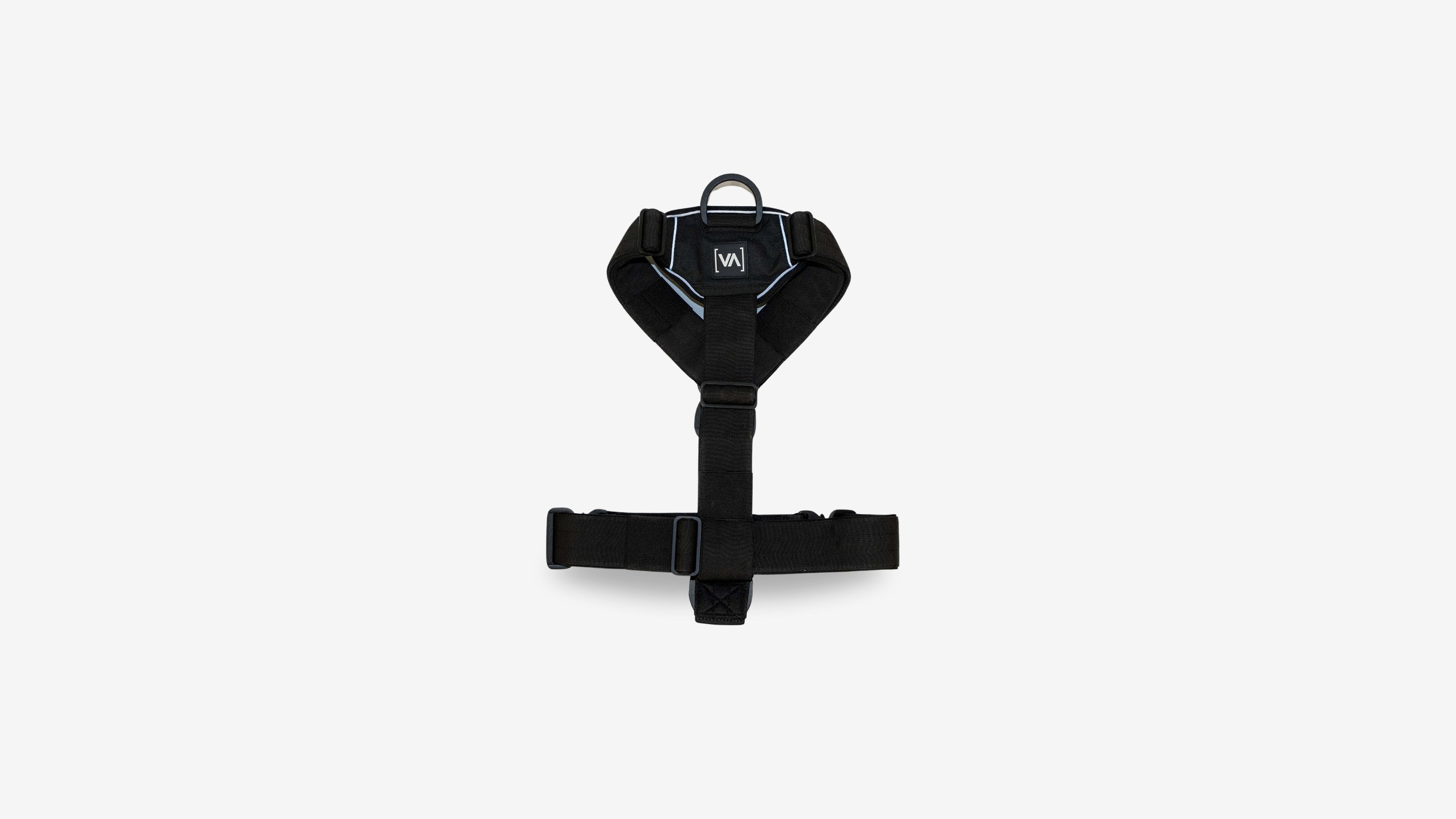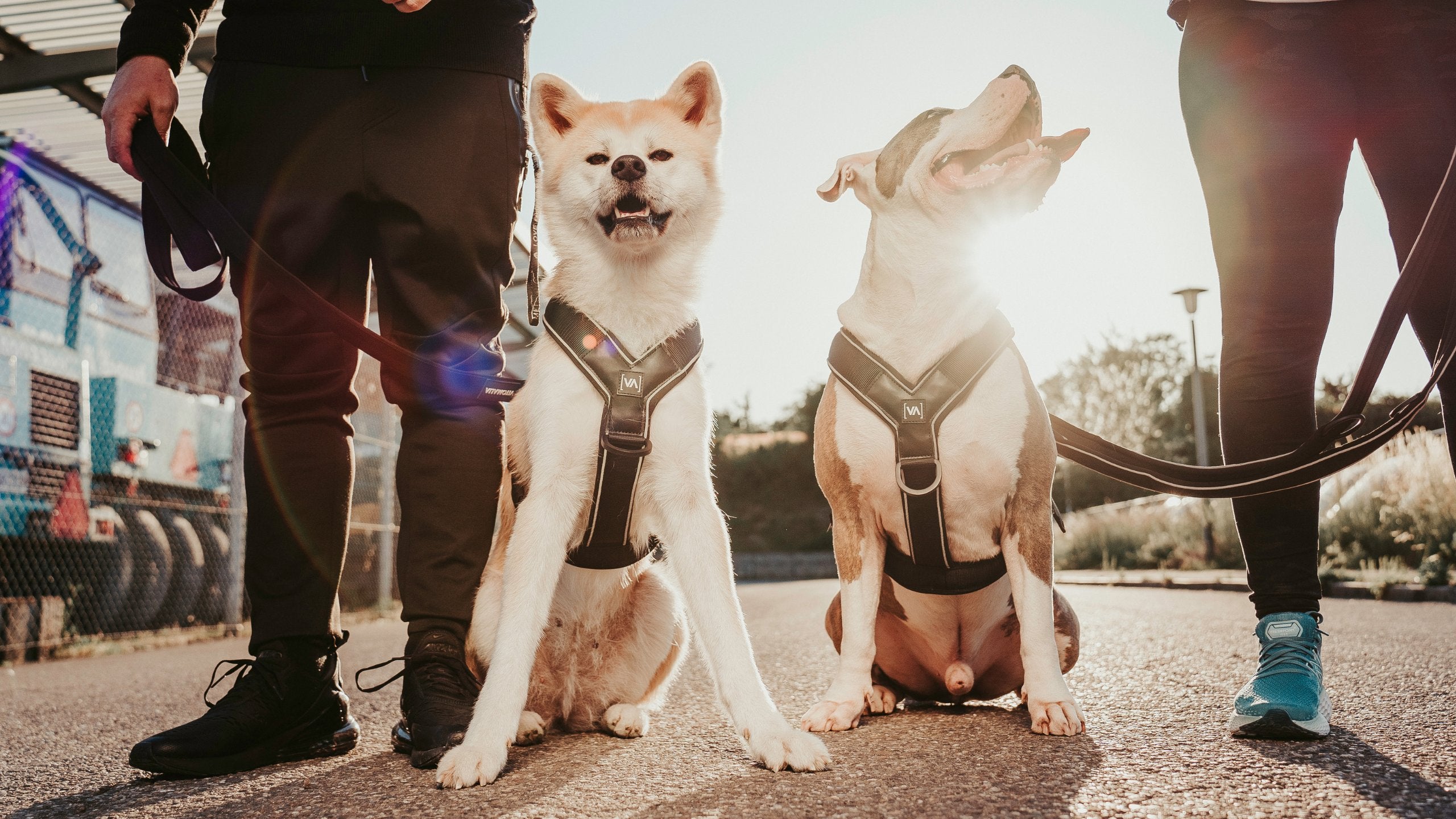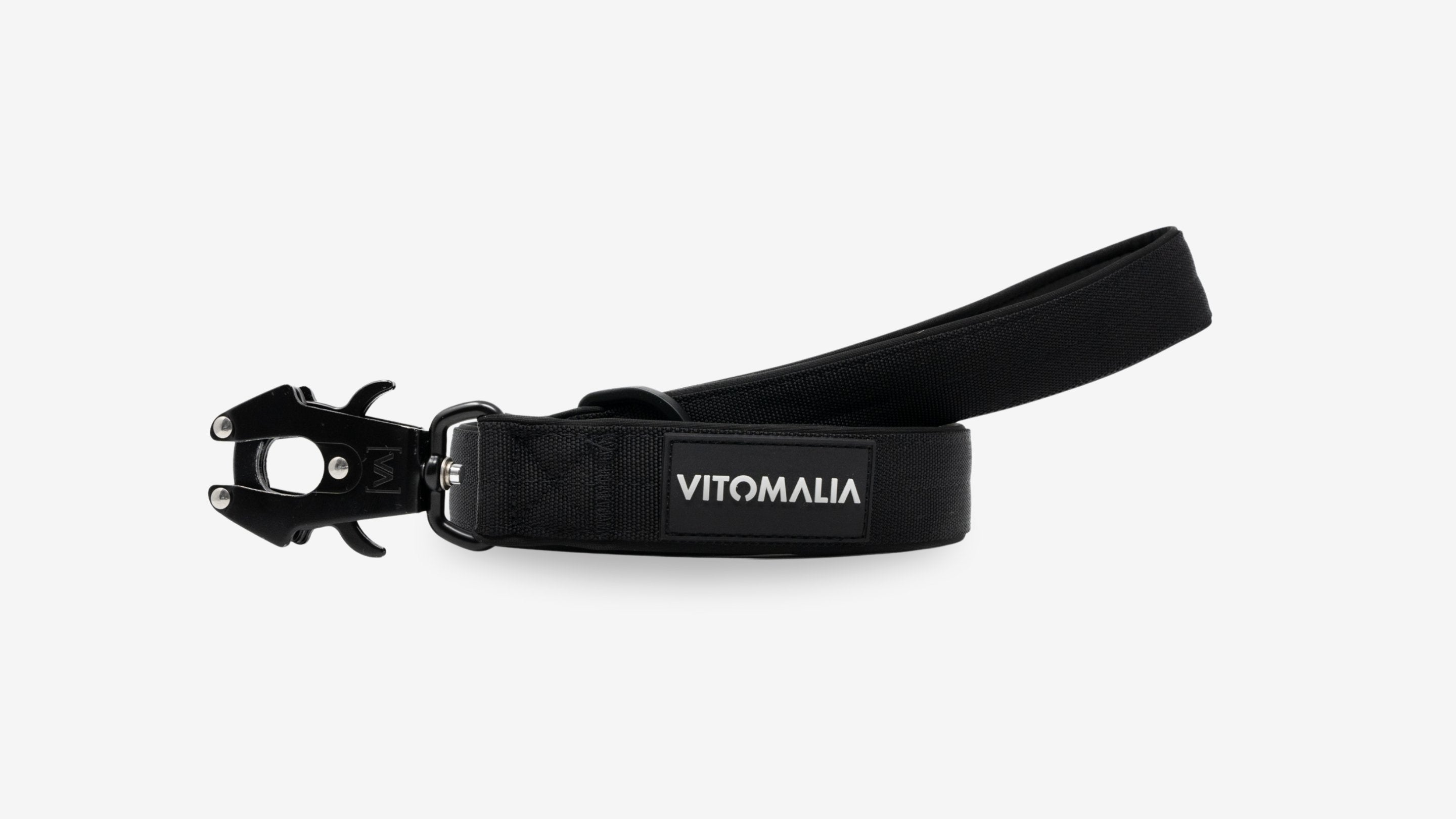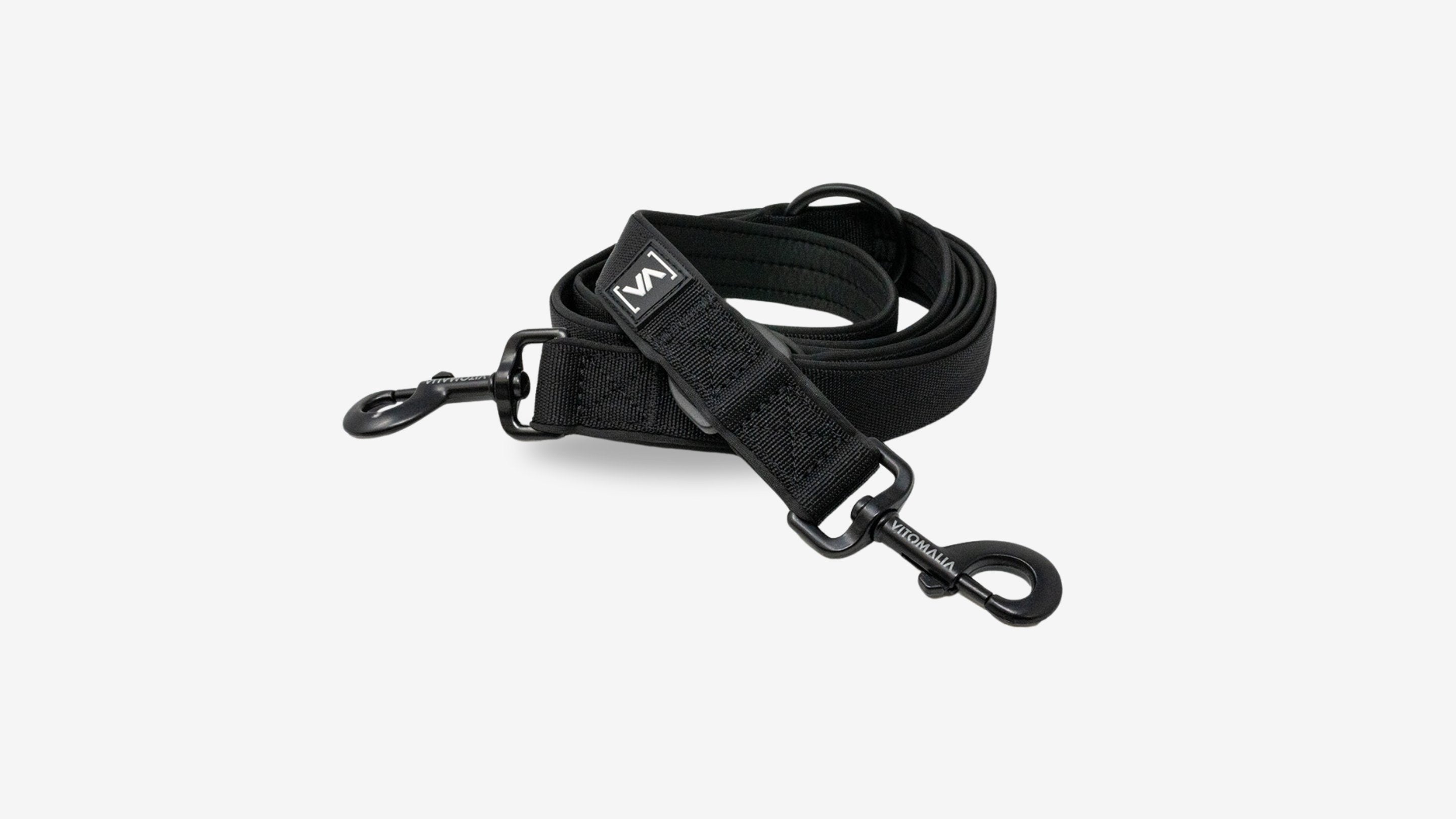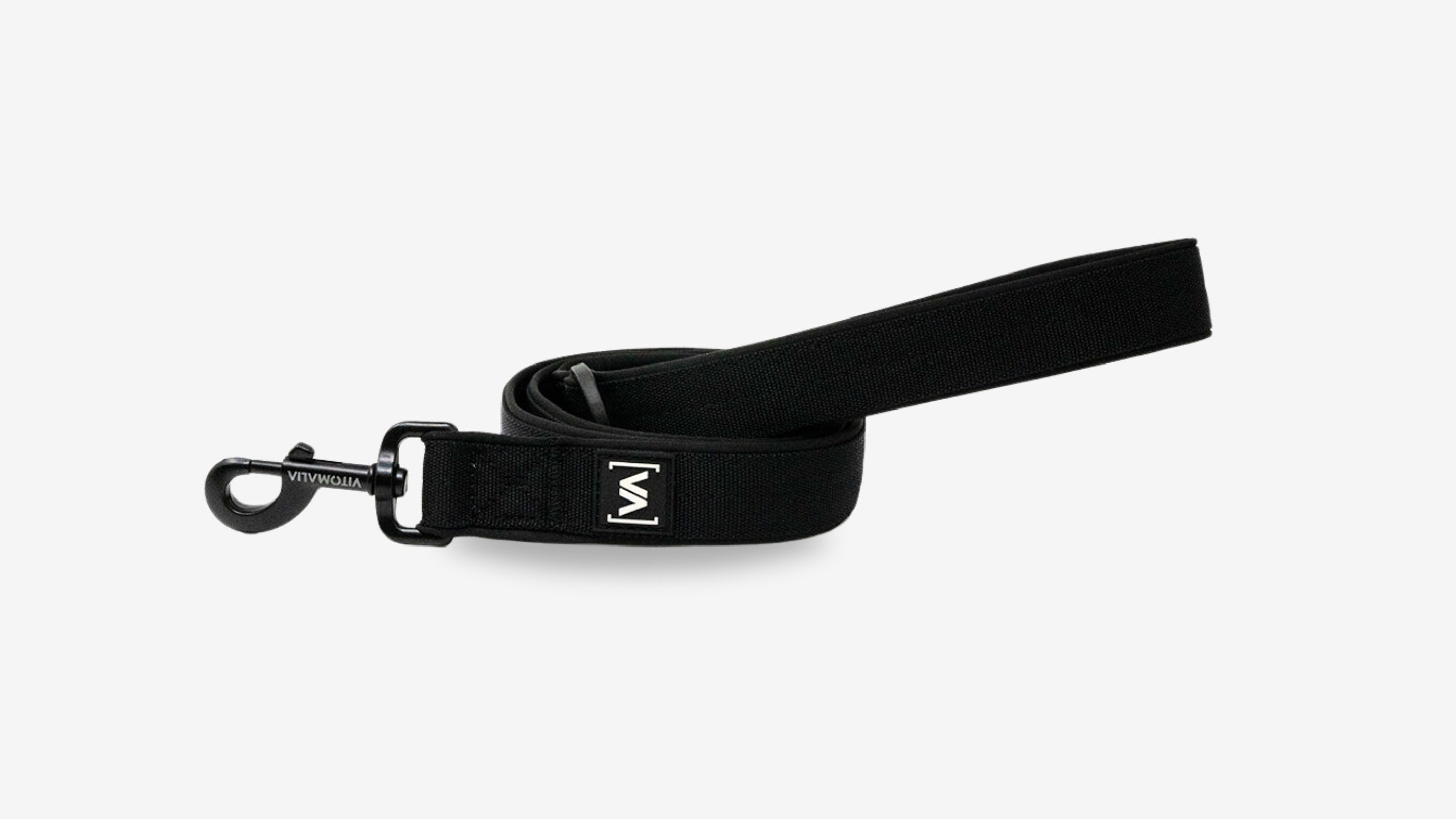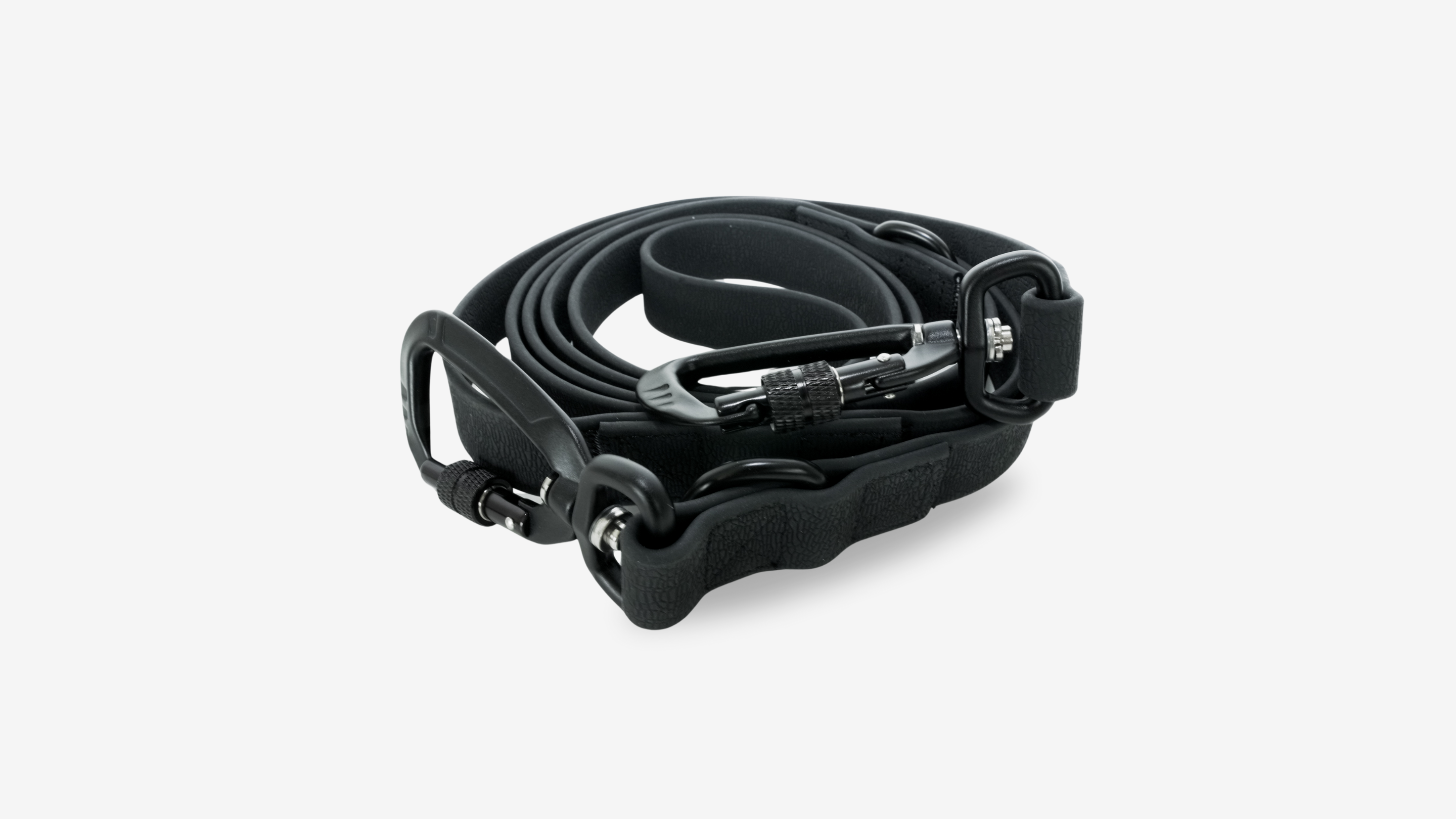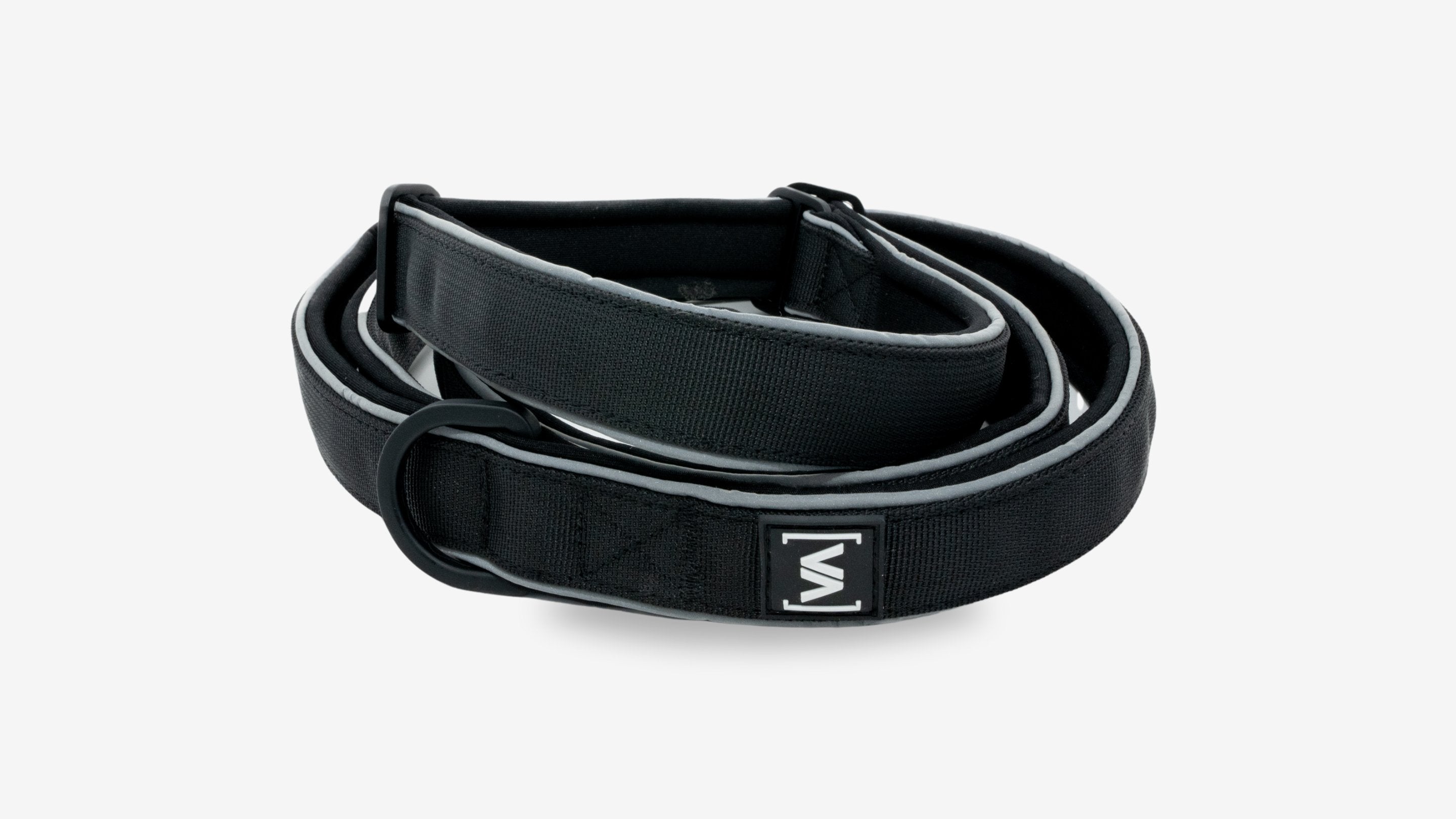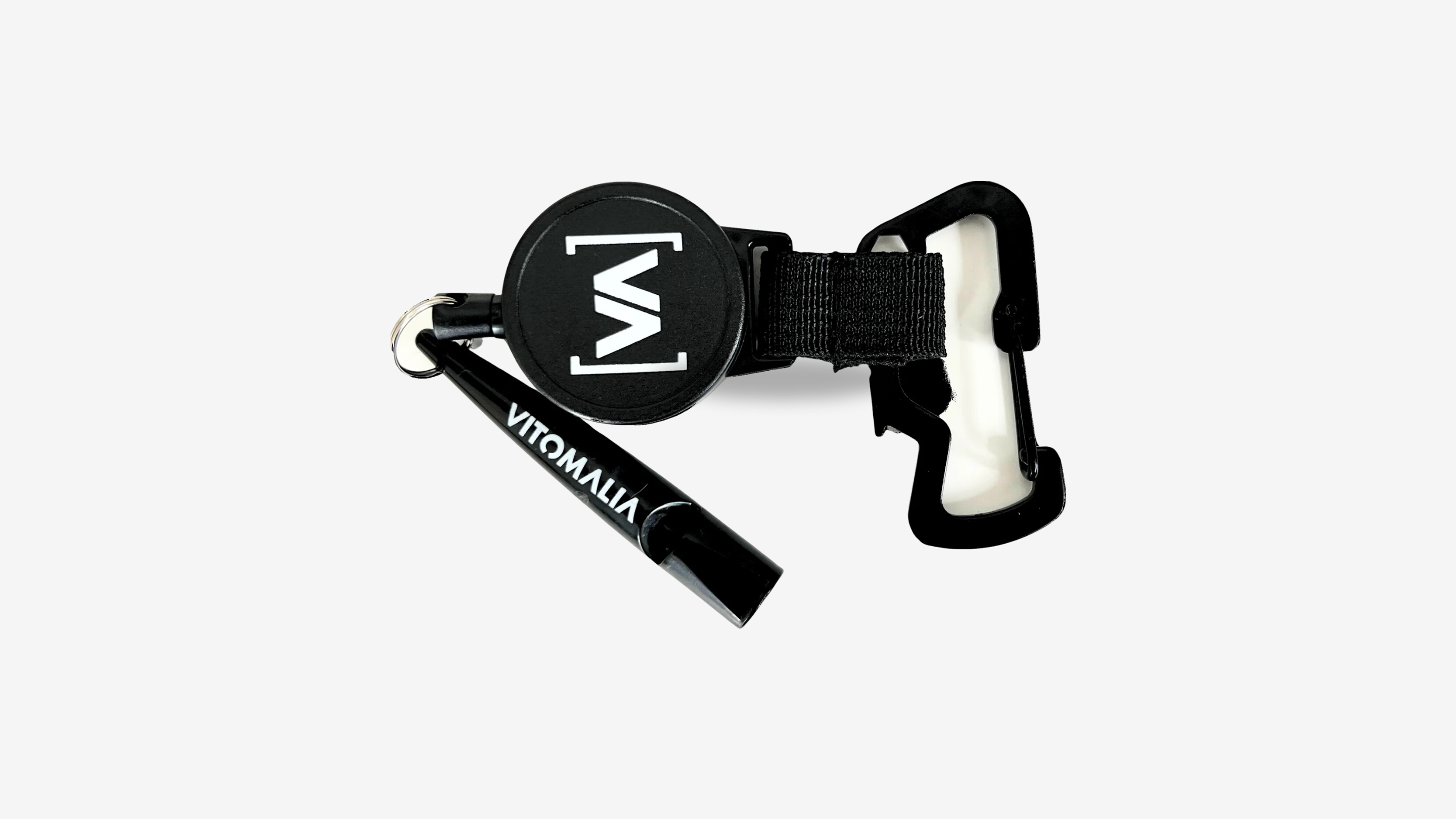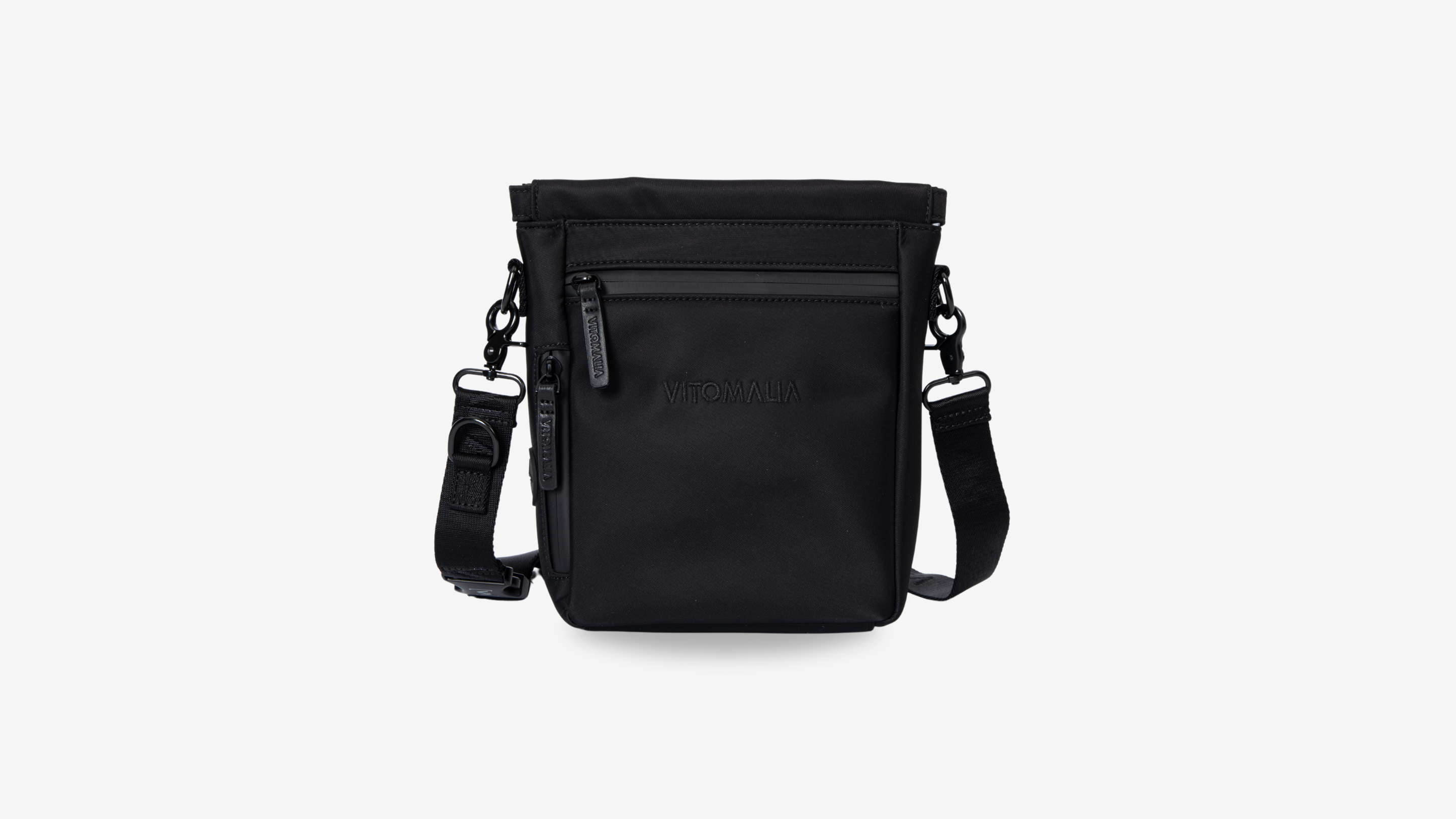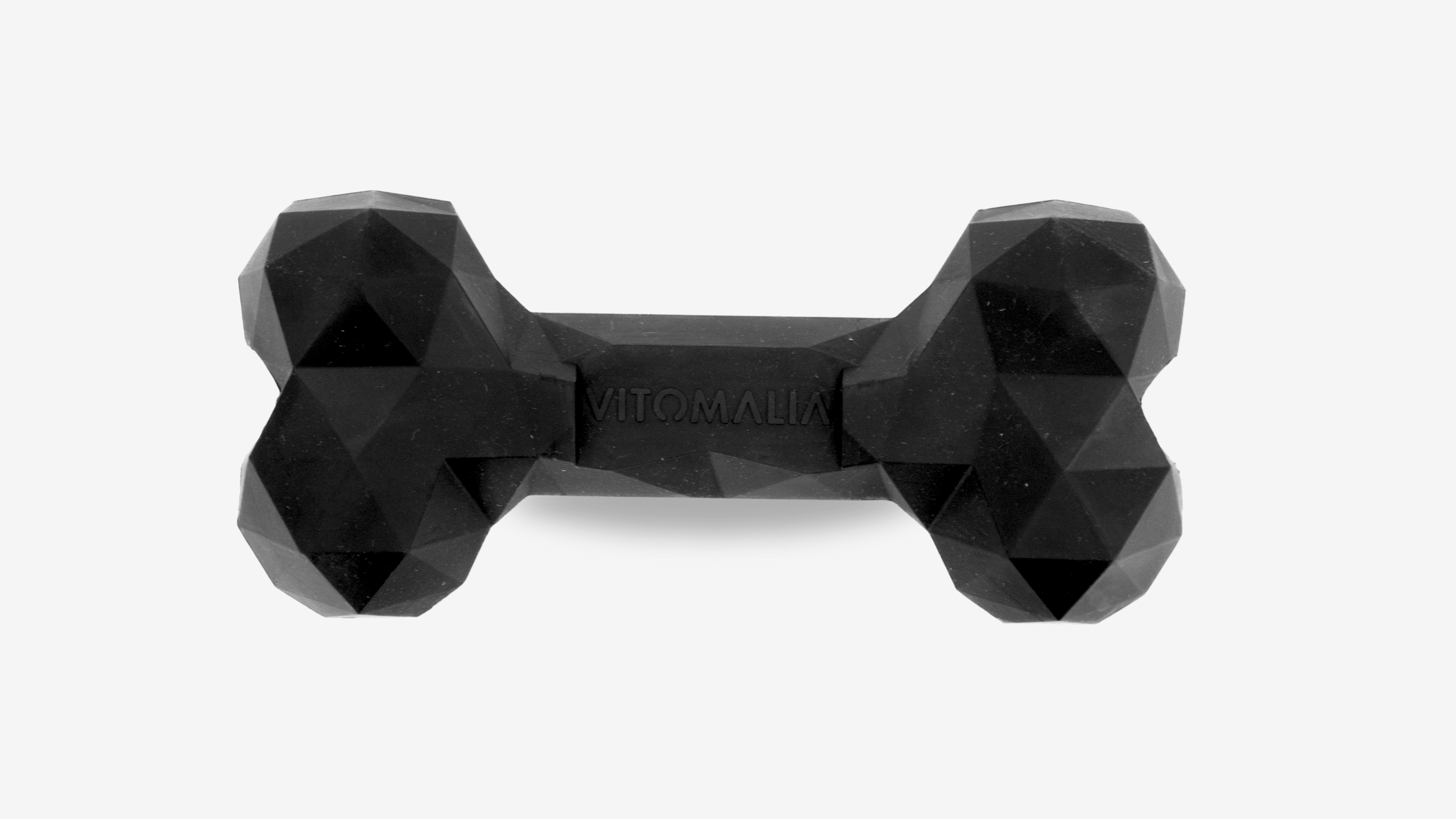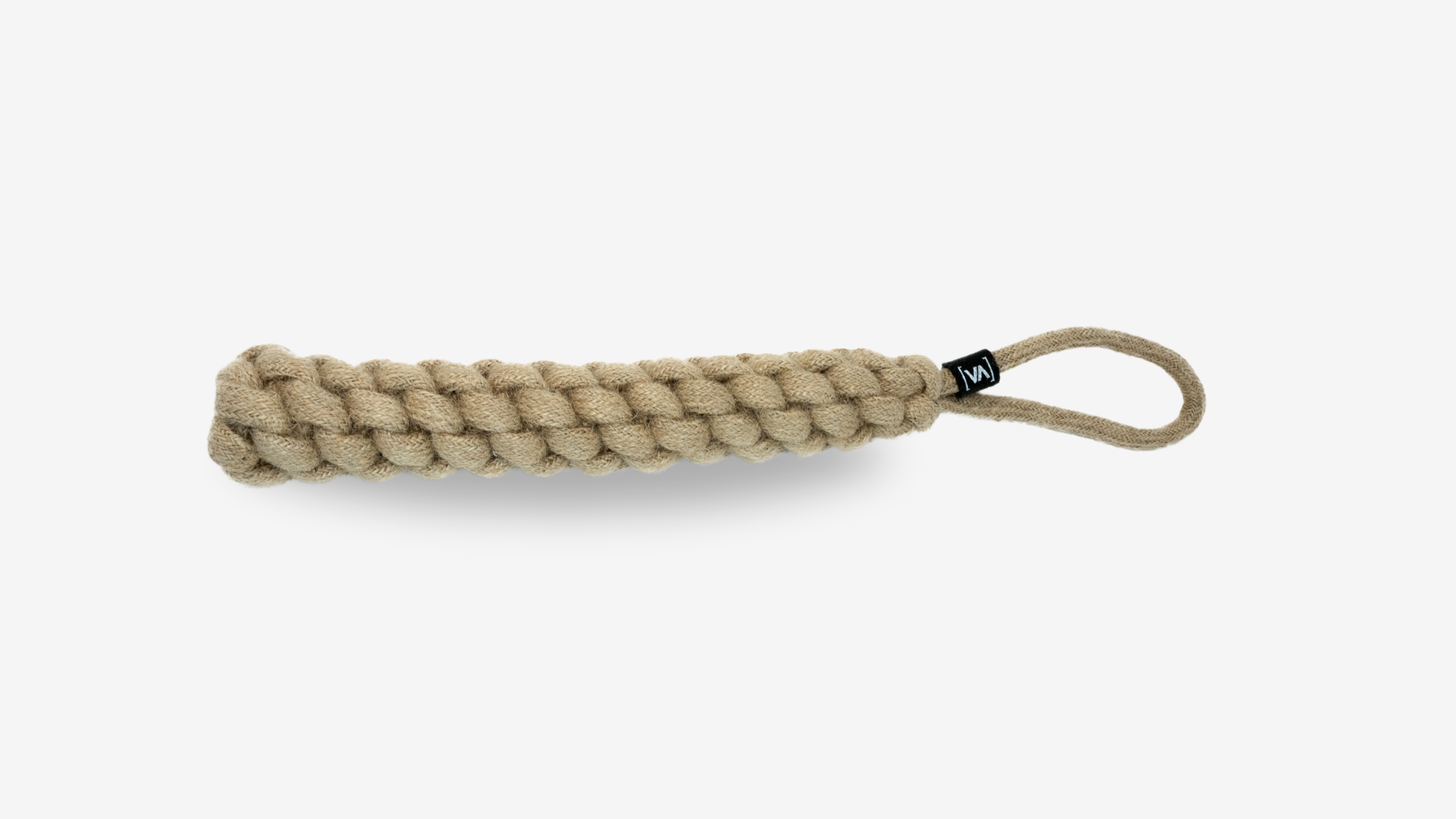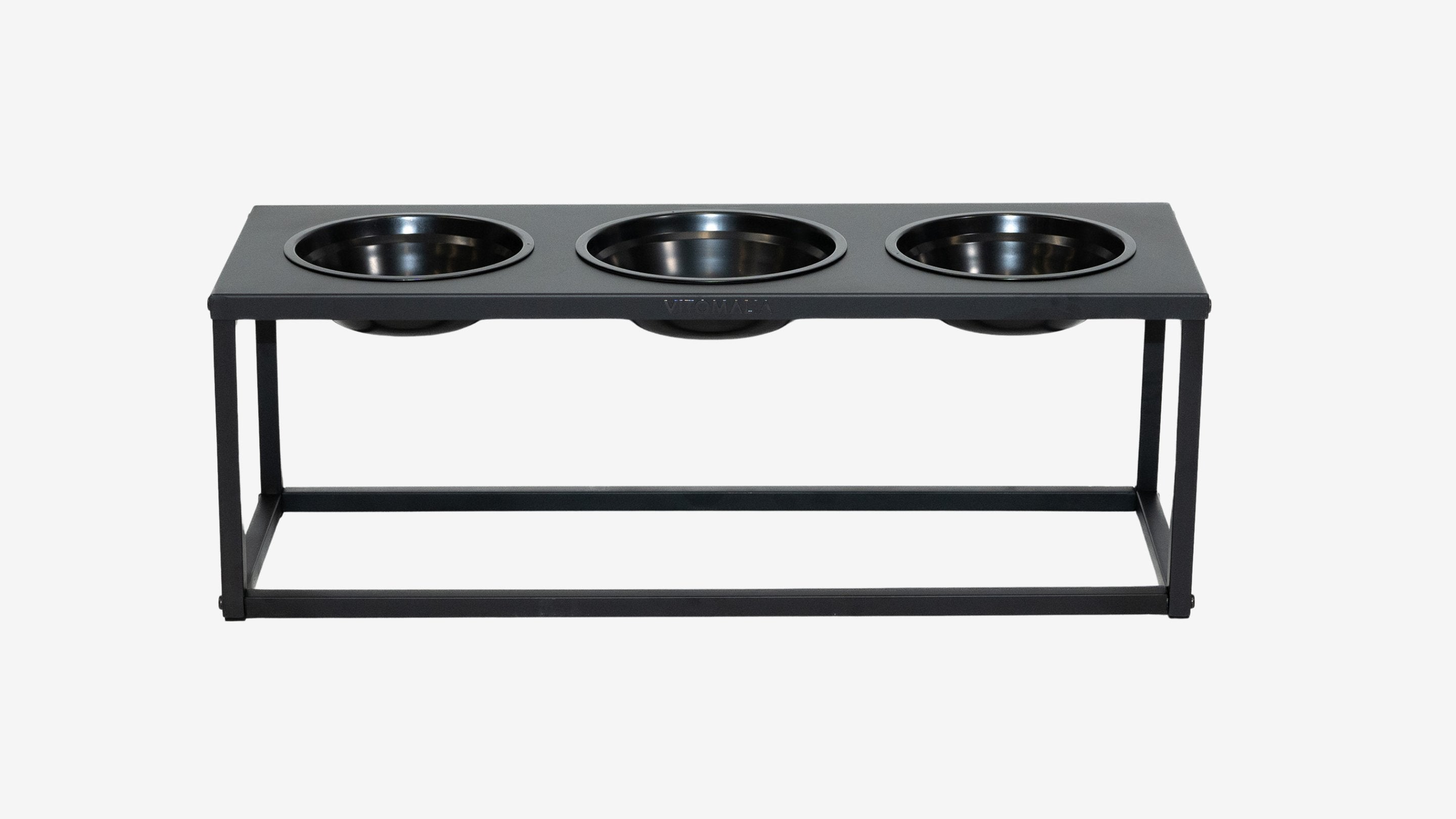3 impulse control training courses for dogs [professional]
Definition impulse control
Impulse control is the ability not to act on an impulse. The impulse can be an innate reflex or a spontaneous action. Impulse control in dogs means that the dog can control its actions and emotions. She is through it Self-control, which is like a battery and muscle at the same time. An exercise can only be practiced a few times in a row because the battery is initially exhausted. This also applies to the rest of the day. The ability to concentrate decreases and the dog becomes impatient. When training your dog's impulse control, this means always practicing short units.
If your dog had to be patient during training or in everyday life, his battery will be empty and he will find it difficult to handle simple everyday situations. After short training sessions, your dog should be given enough time to recover.
In the blog post What is impulse control? You can read more about impulse control in dogs and how you can influence and promote it. Be sure to check out the trainings on impulse control for beginners and impulse control for advanced users.
Trainingstipps
There are a few tricks on how we can generally promote impulse control in our dogs. You can find out more about this in the article What is impulse control?. Self-control can be specifically strengthened to simplify training and make life more pleasant for our dogs. Impulse control training is an important aspect of building and improving your dog's patience and concentration in general. Since training your dog is much more intensive than some other training, you should first implement the tips.
Tip 1: RitualsImpulse control costs your dog a lot of stamina and focus. Everyday life sometimes seems impossible for your dog if your self-control is exhausted. Banal everyday situations present your dog with a great challenge and cause him to react quickly impulsively. In general, you should create a fixed daily routine and rituals for your dog that offer your dog security. Rituals are actions that always take place in the same way. They are important in everyday dog life because they give the dog a clear line, improve communication between you and your dog and generally lead to an improvement in the dog's well-being. If we build up ritualized behavior patterns, they will eventually become automatic. Rituals are important guides for our dogs about what they can expect and how they should behave. Through constant repetition, your dog can master everyday situations more easily and they no longer require a lot of patience because they happen almost automatically. If impulse control is seriously needed, your dog will not have a completely empty self-control battery. He was able to save the battery in ritualized everyday situations and use it for serious situations.
|
 |
 |
Tip 2: Nutrition for the nervesSelf-control requires a lot of energy, which can be positively promoted through feeding. So-called “nerve food” is food rich in carbohydrates. Miller et al (2010) showed in their study that dogs have increased energy consumption when exercising impulse control. Dogs given a glucose drink were able to double their self-control. The effects of available blood glucose had an impact on dogs' ability to self-control. Blood glucose can be increased by carbohydrates in dog food. How many carbohydrates your dog can tolerate is very individual. Within the same breed, dogs vary significantly in their ability to digest carbohydrates. In order for the dog to be able to digest grains well, rice, pasta, etc. must be cooked long enough to utilize the starch they contain. Carbohydrates that dogs tolerate particularly well are potatoes, rice and pasta. You can find out more about long-chain or short-chain carbohydrates and gluten-free carbohydrates for your dog in the blog What is impulse control?. |
Tip 3: Rest and relaxationSufficient rest and sleep are one of your dog's basic physical or biological needs. An adult and healthy dog needs between 16 and 20 hours of rest, puppies or sick dogs even more. Impulse control requires a lot of energy from your dog. Energy needs to be recharged through adequate sleep and rest. Not every dog has learned to actively keep calm. Calmness can and must be learned and is built through blanket training. Hyperactive dogs in particular need to learn to rest. In the article you will learn how you can use the core area for rest and relaxation The 4 most important house rules for your dog. Sleep helps your dog deal with stress because the stress hormone cortisol is reduced during sleep. Cortisol is released in stressful situations and must then be broken down again in order to prevent long-term stress. If your dog doesn't get enough sleep, cortisol levels remain high and your dog experiences even more stress. Exercise also reduces the stress hormone cortisol. Stressed dogs that don't get enough rest compensate for their stress through exercise. Stress and movement, i.e. restlessness, promote renewed stress. The vicious circle begins and a stressed dog becomes a hyperactive dog that is stressed. |
 |
IMPULSE CONTROL FOR PROFESSIONALS TRAINING
Impulse control can and must be trained. It is one of the core skills that every dog must learn. Every training begins in a low-stimulus environment and must later be transferred to all possible everyday situations. This is called “generalization”. In everyday life, you can only ask your dog what you have practiced and trained with him. A “sit” at home is a little different for your dog than a “sit” outside. If you haven't practiced "sitting" outside yet, it's almost like new training for your dog. Impulse control depends on the situation and unfortunately cannot be generalized. For your dog, impulse control is a completely new situation every time. Nevertheless, a general development and training of impulse control can be useful. Your dog won't resist the rabbit running away in the field from waiting patiently at the bowl. Nevertheless, well-trained self-control in dogs ensures general controllability in everyday life. The training makes sense and must be structured well in order to be able to use it as best as possible in everyday life with a dog.
Before you start impulse control for professionals, you should check out impulse control for beginners and impulse control for advanced users and practice with your dog.
When training, we recommend that you practice very short training sessions of a maximum of 5 minutes with your dog. You can incorporate impulse control training throughout the day and then offer your dog plenty of rest periods. It's best not to practice impulse control before a walk or before stressful situations (e.g. a visit to the vet). Your dog will not be afraid of situations that require a lot of self-control Endure impulse control training.
Keep the following points in mind when training:
- Have realistic expectations of your dog
- Start lightly and increase the training in small steps
- Be clear in your hearing and visual signals
- It's better to practice 1-5 minutes at a time and more often
- Stay patient! You are practicing self-control, so keep your impulses under control too
- Give your dog enough rest
- Reward a lot! (For example, use dog biscuits made from millet, oatmeal or quinoa as nerve food)
When training impulse control for professional dogs, we focused training on patience in the form of movement stimuli and food distraction. You can download all training courses for free as a training plan! To do this, register in our member area.
Leash walking Pro
|
 |
 |
Action cancellation
The towline has one function: It is intended to prevent even praising behavior. If your dog doesn't respond to the stop signal, you can use the tow line to prevent it. Then make your training easier and gradually increase the level of difficulty. |
Throwing food & basics
|
 |
